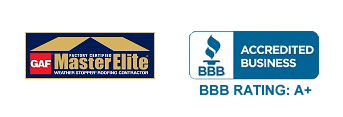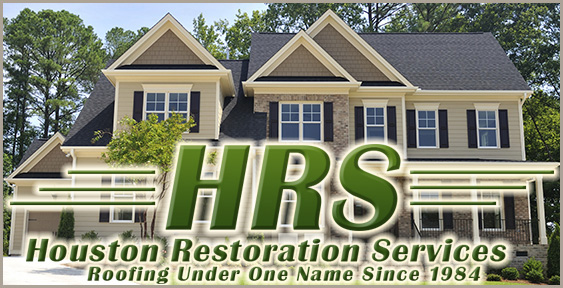
Shakes are a beautiful material for roofing and siding a house. Unfortunately, shakes require lots of maintenance. They must be painted or stained every five to eight years to prevent them from rotting. Even if they are coated with termite and fire resistant chemicals, woodpeckers can ruin the resistant properties when the surface of the shake is breached. Shakes treated with a flame retardant are still more flammable than other roofing materials.
For this reason, some municipalities have banned the use of shakes altogether, and some insurance companies will not insure a shake roof. For homeowners who want to use shakes as a roofing or siding material, alternatives exist that provide the architectural style of shakes without any of their drawbacks. Experienced Sugar Land roofing contractors can help homeowners choose the best shake alternative for their home.
Asphalt shingles can be purchased in styles designed to imitate the look of shakes. Asphalt shakes offer homeowners all the benefits of asphalt shingles without all the disadvantages that shakes entail. However, as asphalt shingles, they are suitable only for a home's roof, not its siding. Additionally, they are much thinner than traditional shakes and cannot offer the true texture and dimensions of shakes.
Vinyl siding can be molded to mimic the look of rows of shakes.
Roofers from Houston Restoration Services of Sugar Land TX can answer any question about residential roofing or remodeling.
However, it is not suitable for a roof. Additionally, this rigid siding fails to capture the look and feel of the texture and weathering patterns of shakes.
Rubber has recently been added to the list of materials used for roofing. Recycled tires are molded into roofing tiles designed to imitate other roofing tiles, including shakes. They are highly impact resistant and offer very good insulating properties. These rubber roofs are too new to have any meaningful performance data; even so, their manufacturers guarantee them for 50 years. The main drawback is that they only come in black.
Fiber cement is made by mixing Portland cement, fibers, sand and pigment. It can be made into individual fiber cement shakes that have the depth and texture of cedar shakes but without the need for constant painting. They can be used either on the roof or as siding, are fireproof and resist all insects. Their color is guaranteed against fading for at least 10 years, and they can easily be painted to last another 10 years after that. Some insurance companies offer a discount to homeowners with fiber cement roofs because of fiber cement's Class A fire rating.








